Understanding Different Time Zones and Jet Lag
What Actually Happens When Your Body Crosses Time Zones

Imagine your body as a perfectly tuned Swiss watch that suddenly gets thrown into a different country’s schedule. Jet lag results from a mismatch between a person’s circadian (24-hour) rhythms and the time of day in the new time zone. The circadian clock takes about 1-1.5 days to adapt per time zone crossed, which means crossing five time zones could leave you feeling off for nearly a week. Think of it like forcing your internal grandfather clock to suddenly chime at completely different hours.
During the first few days after a flight to a new time zone, a person’s circadian rhythms are still anchored to the time of day at their initial departure location. When someone travels across many time zones quickly, the circadian clock cannot reset to the new light-dark cycle quickly enough, causing jet lag. Your brain essentially thinks it’s dinner time when everyone else is having breakfast.
The Global Time Zone System Explained
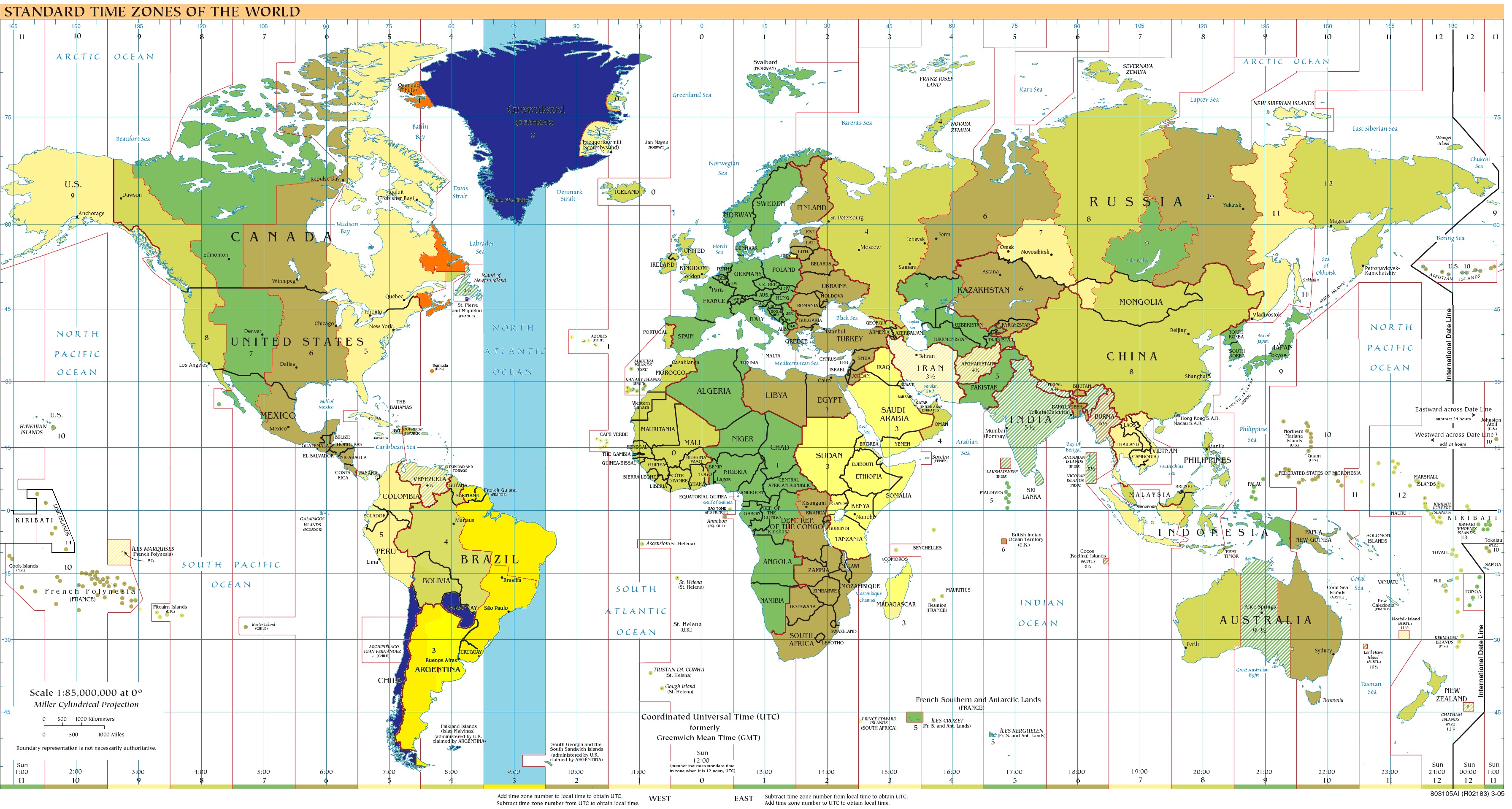
In theory time zones are based on the division of the world into twenty four time zones of 15 degrees longitude each. The time convention begins with Universal Coordinated Time (UTC) which is also commonly referred to as Greenwich Mean Time (GMT) being located at the Greenwich meridian. This line runs through the United Kingdom, France, Spain, Algeria, Mali and Ghana in Africa. However, reality isn’t quite so neat and tidy.
There are independent states with multiple time zones, and the record-holder is France with 12 zones, but 11 of them are used in overseas areas and only one in the country’s mainland. The time zones are not strict: they follow the boundaries of countries, because it would be inconvenient otherways. Countries basically chose convenience over mathematical precision, which is why some places use half-hour or even 45-minute offsets from standard time.
Why Eastward Travel Hits You Harder

Here’s something that might surprise you: direction matters more than distance when it comes to jet lag. Most travellers find that it is harder to adjust time zones when travelling east. This seems to happen because, biologically speaking, its easier for humans to stay up later, rather than go to bed earlier. It’s like your body naturally wants to be a night owl, making westward delays easier to handle than eastward advances.
The difference in severity of disruption was great enough that shorter trips east required longer jet-lag recovery time than longer trips west. For example, researchers found that it takes several additional days to recover from an eastward trip that incurs a 9-hour time change, compared to a 9-hour change traveling west. Your internal clock apparently prefers to run on “island time” rather than punctual schedules.
Common Symptoms You Can Expect
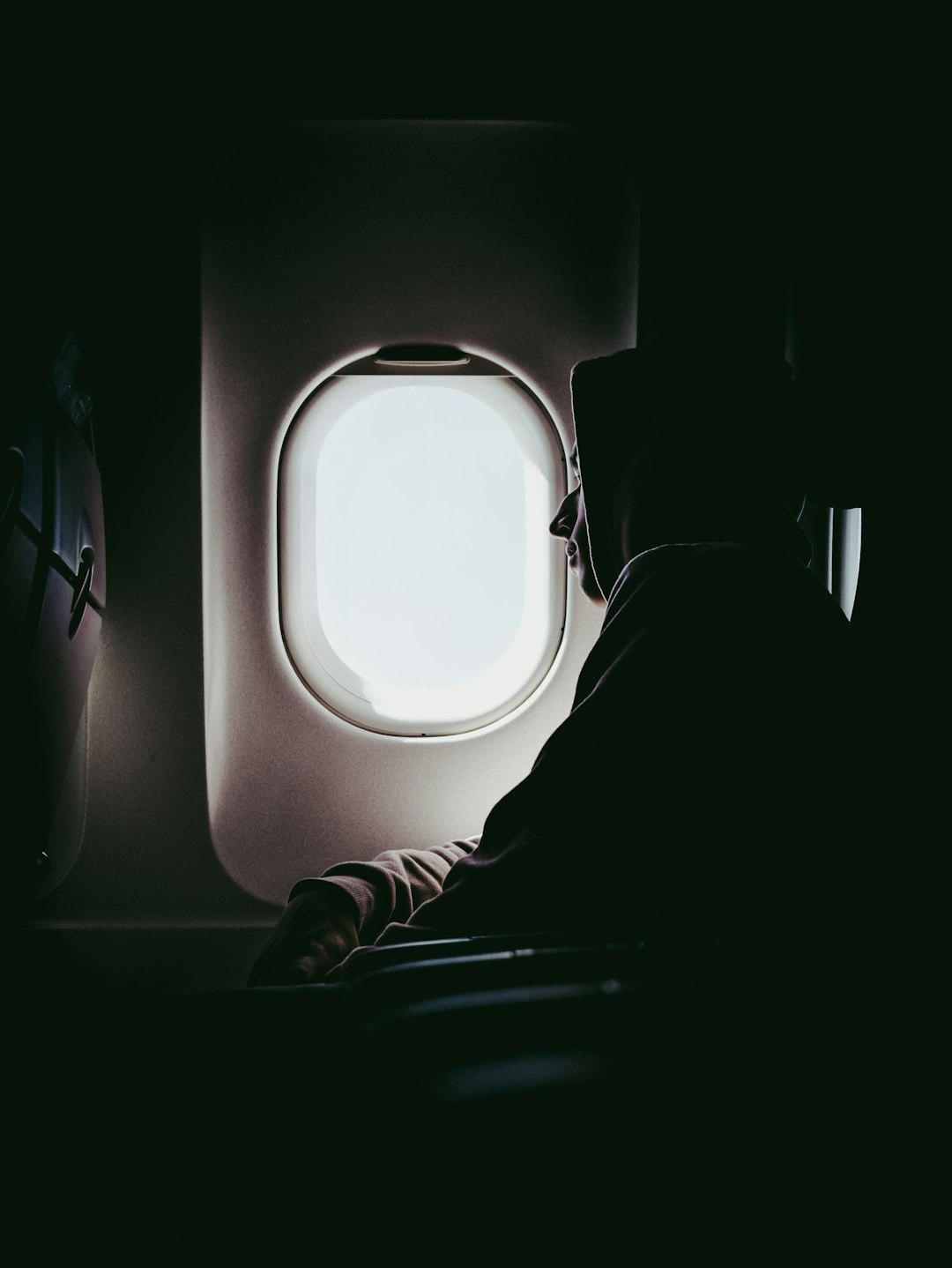
Common jet lag symptoms include fatigue, insomnia, irritability, and digestive problems. Difficulty falling asleep (insomnia). Drowsiness during the day. Lack of focus or concentration. Extreme tiredness (fatigue). A general feeling of being “off” or not like yourself. Upset stomach. Mood changes, like irritability. It’s basically like having a hangover without the fun night that caused it.
Many people sleep well the first night after a flight due to fatigue only to encounter sleep problems in the following days. Don’t be fooled by that first decent night’s sleep – your body is just exhausted from travel, not actually adjusted to the new time zone yet.
How Long the Misery Actually Lasts
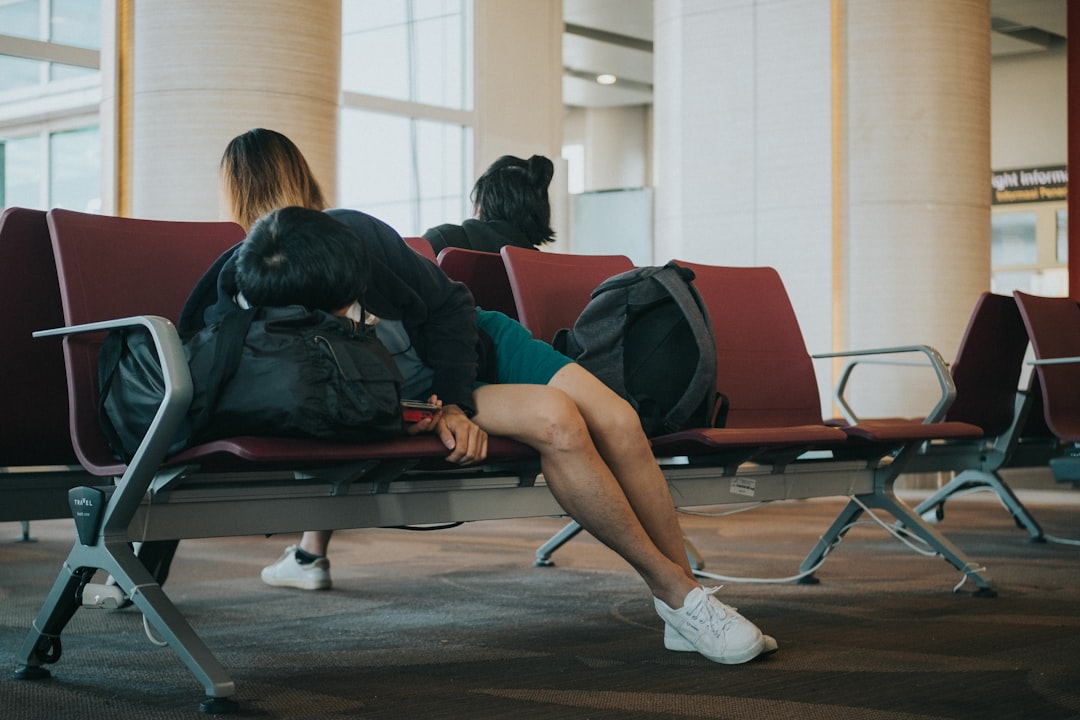
In general, symptoms persist for 1-1.5 days per time zone crossed, but the duration of symptoms varies depending on the person and their trip details. The effects of jet lag typically last between one and two days per time zone crossed. However, this duration varies from person to person and flight to flight. Jet lag tends to resolve itself in a few days to a few weeks, but the timeline is different for everyone.
Sleep disturbances typically last for a few days, but they can persist for as long as one week if the change in time zones is greater than eight hours. Eastward travel is associated with a longer duration of jet lag than westward travel. The worst part? Your age might be working against you – older travelers often experience more severe symptoms and longer recovery times.
The Three Time Zone Rule
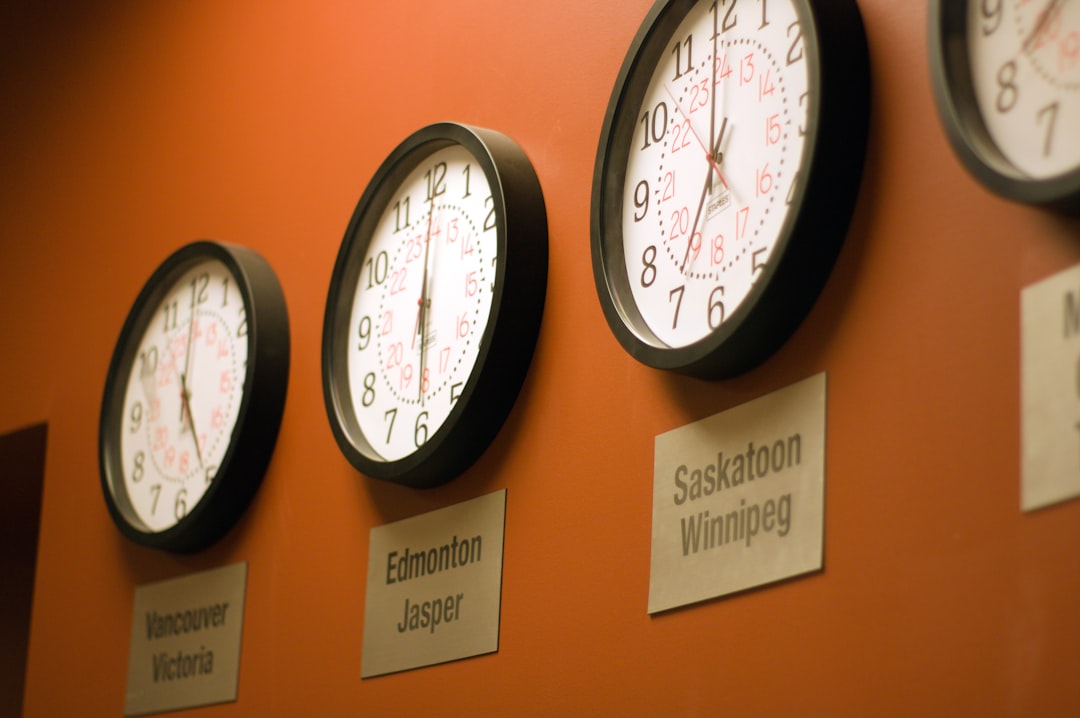
For travelers crossing ≤3 time zones, especially if they are on a long-haul flight, symptoms (e.g., tiredness) are likely due to fatigue rather than jet lag, and symptoms should abate 1–3 days post-flight. Jet leg generally happens when a person travels east or west across three or more time zones. This is where the confusion often begins – people blame jet lag for what might just be regular travel exhaustion.
When travelers cross only 1–2 time zones, though, symptoms of and treatment for jet lag are not readily distinguishable from those for general travel fatigue. Think of those short-haul domestic flights – you’re probably just tired from the airport chaos, not genuinely jet-lagged.
Light Exposure: Your Secret Weapon

Light is the only environmental time cue that can reset the clock as quickly as possible. After arrival, light and social contacts influence the timing of internal circadian rhythms. A traveler staying in the time zone for >2 days should quickly try to adjust to the local sleep–wake schedule as much as possible. Natural sunlight acts like a reset button for your internal clock, but timing is everything.
The best circadian time for light exposure might be at a time that is dark after crossing multiple time zones, raising the question of whether a light box is helpful. One small randomized controlled trial on supplementary bright light for reducing jet lag did not find clinically relevant effects of supplementary light on jet lag symptoms after a flight across 5 time zones going west. Sometimes even science isn’t sure what works best.
Melatonin: The Hormone That Actually Works

Melatonin is remarkably effective in preventing or reducing jet-lag, and occasional short-term use appears to be safe. It should be recommended to adult travellers flying across five or more time zones, particularly in an easterly direction, and especially if they have experienced jet-lag on previ. Nine of the ten trials found that melatonin, taken close to the target bedtime at the destination (10pm to midnight), decreased jet-lag from flights crossing five or more time zones. Daily doses of melatonin between 0.5 and 5mg are similarly effective, except that people fall asleep faster and sleep better after 5mg than 0.5mg.
Studies published in the mid-1980s indicated a substantial benefit of taking melatonin just before sleep to reduce overall feelings of jet lag after flights. Subsequent larger studies did not replicate these earlier findings, however, and more research on melatonin’s use in jet lag is needed. The research world can be frustrating like that – promising early results don’t always hold up under scrutiny.
What Most Travelers Actually Do

In one survey, 460 long-haul travelers indicated that seat selection and booking a direct flight were primary strategies to reduce jet lag. Nearly all study participants used ≥1 behavioral strategy during their flight, including consuming or avoiding alcohol and caffeine (81%), altering food intake (68%), using light exposu. Only eight percent actually used melatonin, despite it being one of the most researched treatments.
Only 1 respondent used a jet lag application on a mobile device. Fewer people used all these strategies before take-off and after arrival. Most people wing it and hope for the best, which explains why so many suffer unnecessarily through jet lag.
Special Challenges for Frequent Flyers
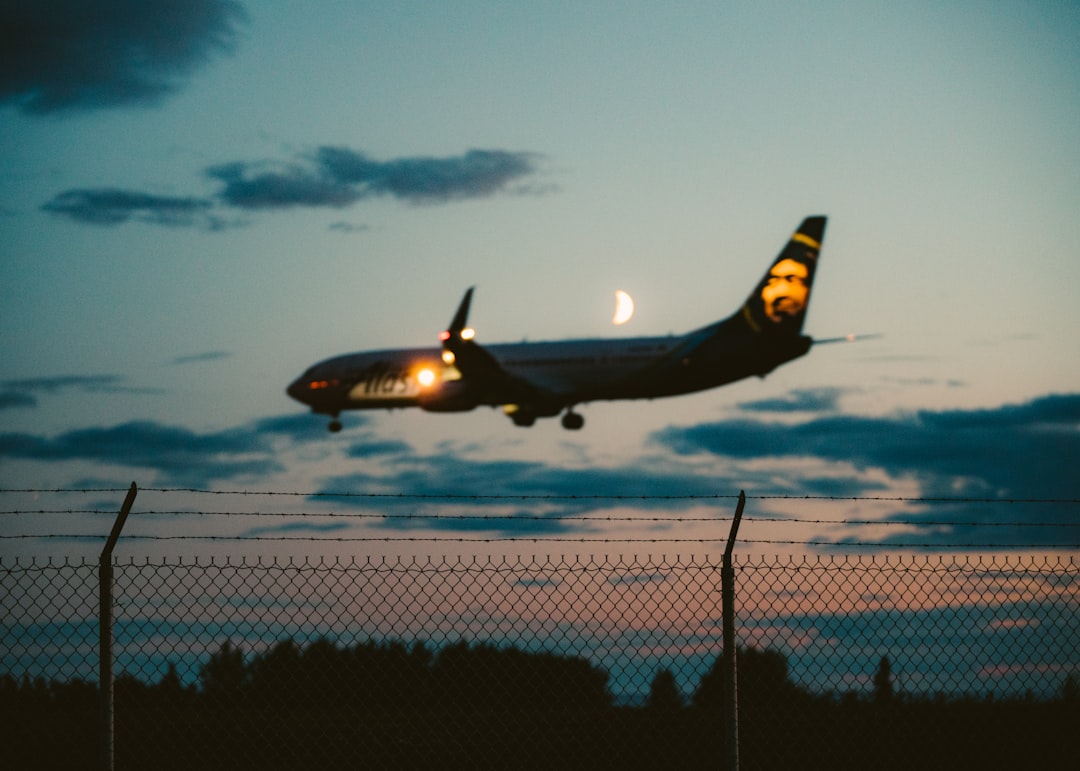
Jet lag is especially an issue for airline pilots, aircraft crew, and frequent travellers. Airlines have regulations aimed at combating pilot fatigue caused by jet lag. Business travelers, pilots, and flight attendants may experience frequent shifts to changing time zones, and it may be practical for them to remain on their home-based schedule. For these folks, constantly adjusting might actually be worse than staying on home time.
Although frequent desynchrony is a transient disorder, it carries the potential to lead to long-term consequences, as evidenced by epidemiological and animal studies. Chronic jet lag isn’t just annoying – it might actually be damaging your health over time.
Modern Technology and Jet Lag Apps

Several mobile device applications (apps) can provide tailored advice to manage jet lag symptoms. Depending on how many time zones the traveler has passed through. Timeshifter provides advice on when to use caffeine, light, melatonin, and sleep. Technology is finally catching up to help solve this ancient travel problem, though most people still don’t use these tools.
These apps use your specific flight details, personal chronotype, and destination to create customized schedules. They tell you exactly when to seek light, avoid light, take melatonin, or drink coffee. It’s like having a sleep scientist in your pocket, but only if you remember to actually follow the advice.
Athletes and Competition Performance

Symptoms and consequences of jet lag can be a significant concern for athletes travelling east or west to competitions, as performance is often dependent on a combination of physical and mental characteristics that are affected by jet lag. This is often a common concern at international sporting events like the Olympics and FIFA World Cup. However many athletes arrive at least 2–4 weeks ahead of these events, to help adjust from any jet lag issues.
Professional athletes have learned the hard way that jet lag can destroy months of training in just a few days. Their solution? Show up ridiculously early and treat jet lag recovery like part of their training regimen. Most of us can’t take weeks off before vacation, but we can certainly learn from their approach to taking jet lag seriously.
The Medication Timing Challenge
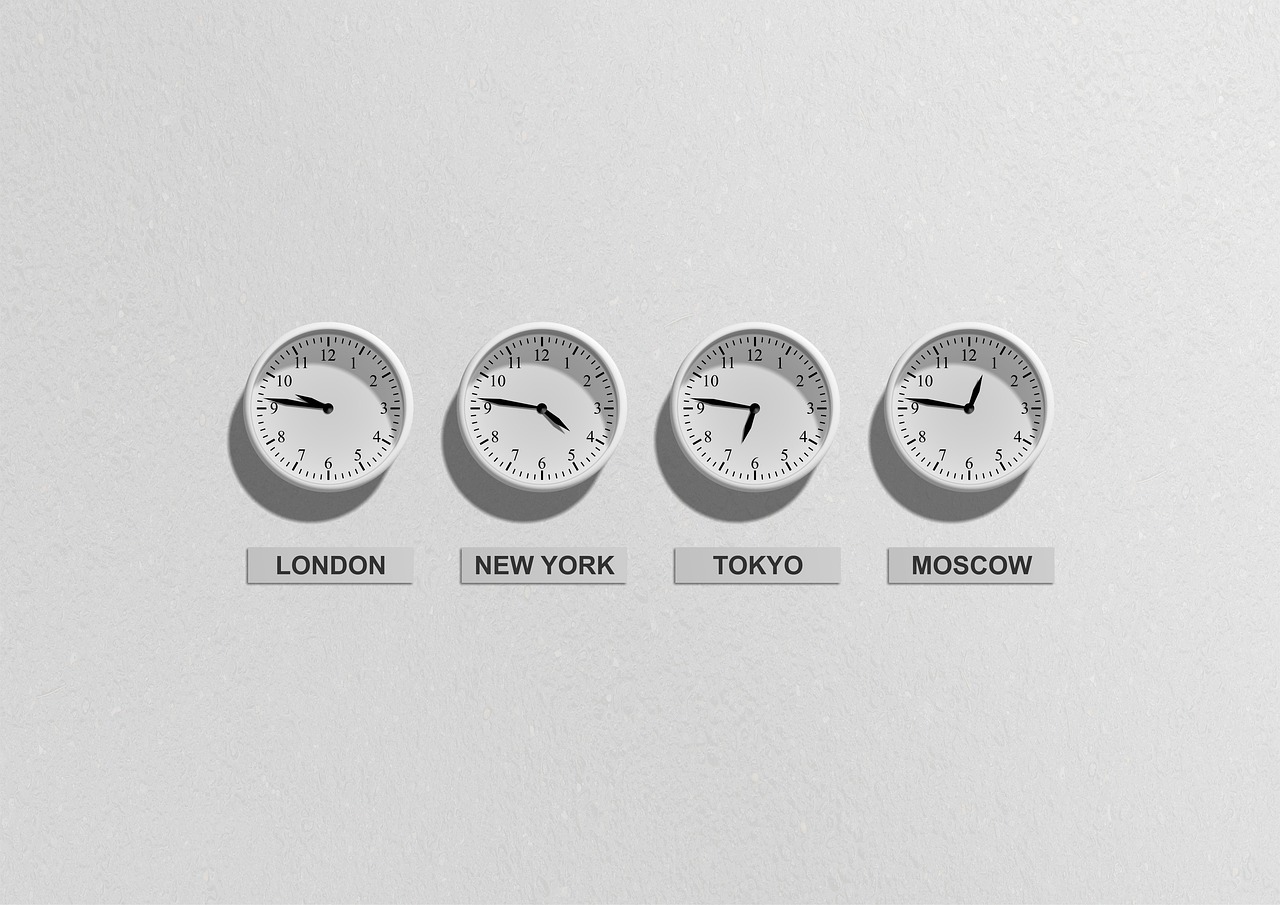
In addition to jet lag symptoms, crossing multiple time zones can affect the timing of regular medication used for chronic conditions and illnesses. This can particularly affect patients taking medications with short half-lives that require >1 dose each day. Consider the destination and traveling time when evaluating travelers who take long-term medications, and recommend strategies to keep them on their dosing schedule.
This is where jet lag gets genuinely dangerous rather than just annoying. Blood pressure medications, diabetes drugs, and heart medications don’t care what time zone you think you’re in. Your body needs these medications at consistent intervals, not according to whatever time your phone displays.
The human body wasn’t designed for rapid time zone changes, but understanding how jet lag works gives you the power to fight back. Whether you’re crossing three time zones for a weekend getaway or twelve for a once-in-a-lifetime adventure, knowledge about your circadian rhythms can turn a week of misery into just a day or two of minor inconvenience. The science is clear: jet lag is real, predictable, and largely manageable if you know what you’re doing. So what’s stopping you from taking that trip you’ve been dreaming about?






